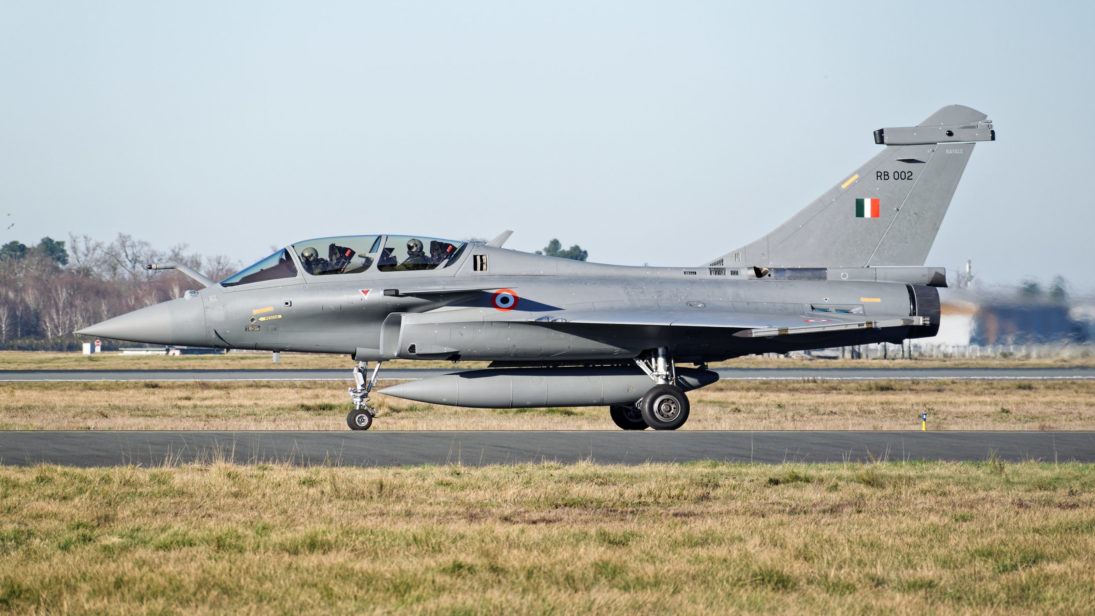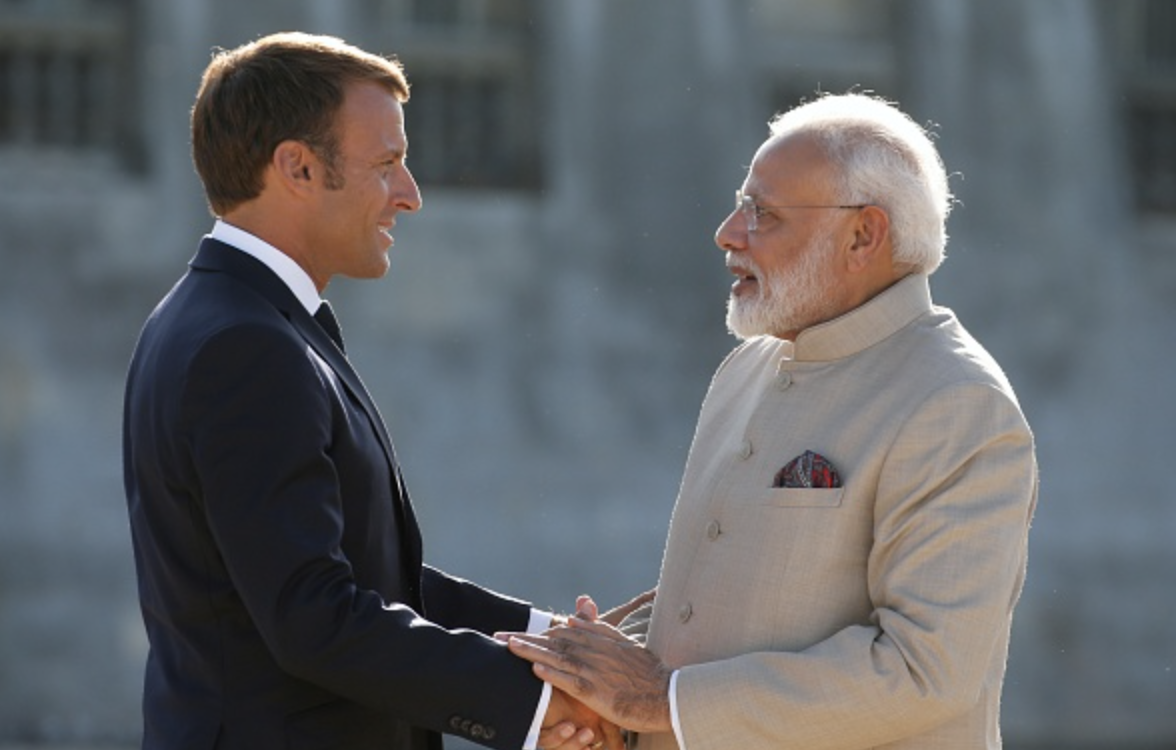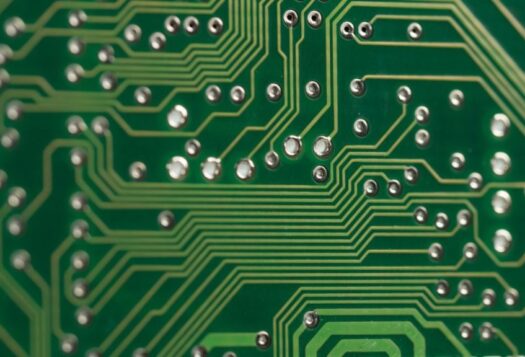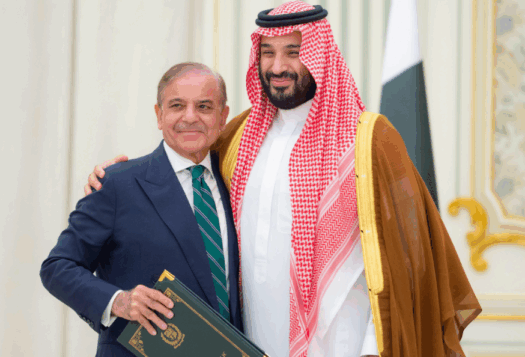
As China asserts its growing military and diplomatic power in the Indo-Pacific, India under Narendra Modi has sought to reciprocate in kind. Over the last decade (though most notably in the last twelve months) New Delhi has undertaken a series of programs to maintain its influence in South Asia, the Indian Ocean, and beyond. Faced with Beijing’s growing influence and both as a response to COVID-19 and an attempt to bolster perceptions of New Delhi as South Asia’s principal security guarantor, India has sought to demonstrate leadership in regional institutions such as BIMSTEC and SAARC, deepen bilateral ties with states such as Myanmar (where Beijing’s influence is increasingly pronounced), and conduct joint military exercises with key neighbors.
However, this sustained diplomatic effort aimed at balancing Beijing’s influence has largely failed. Relations with Nepal have plummeted over mishandled allegations of Chinese influence in Kathmandu, and long-stagnant multilateral institutions in South Asia have proven unable to overcome inter-state rivalries, impeding Indian efforts to exercise leadership in fighting the COVID-19 pandemic. Thanks to capital and trade, Beijing now enjoys a high degree of influence in Sri Lanka, Myanmar, and Pakistan.
Faced with being outmaneuvered in its own region, India has sought extra-regional partners to shore up its position in South Asia and the Indian Ocean Region (IOR). In doing so New Delhi has made common cause with a long-term, likeminded partner and one of the Indian Ocean’s under-recognized regional powers: France.
Faced with being outmaneuvered in its own region, India has sought extra-regional partners to shore up its position in South Asia and the Indian Ocean Region (IOR). In doing so New Delhi has made common cause with a long-term, likeminded partner and one of the Indian Ocean’s under-recognized regional powers: France.
India’s strategic partner: How Paris won over New Delhi
The India-France relationship has been growing since 1998 due to important commonalities in their world views on issues such as strategic autonomy, skepticism of U.S. power, a transition towards a multipolar order, and the value of shaping international dynamics as middle powers through multilateral groupings and institutions. Both nations are highly active within UN peacekeeping operations and garner influence within the G20.
The path to strategic relations was forged during the Cold War. While the Soviet Union was India’s most important diplomatic and security partner, in providing access to Western technology, France served to balance an over-reliance on Moscow. Paris saw a large market for exports but was also sympathetic towards New Delhi’s strategic disposition in South Asia. For example, unlike the United States, France pivoted towards India during the 1971 Indo-Pakistan War over Bangladesh.
Despite the Cold War and associated tensions, France often charted an independent course on defense, space, nuclear, and strategic ties with India. When the United States and Canada suspended delivery of nuclear fuel to India’s nuclear power stations after the 1974 “peaceful” Smiling Buddha nuclear test in Rajasthan, France responded by congratulating Indira Gandhi’s government, and increasing supplies of enriched uranium to India’s nascent reactors. This led to the first of two invitations by New Delhi to French presidents to attend the nation’s Republic Day celebrations, first in 1976 and then 1980.
In early 1981, France proposed the sale of 110 Mirage 2000 fighter jets, with New Delhi notably choosing the aircraft over the Soviet equivalent a year later. During a state visit in 1982, President Francois Mitterrand formalized an accord that would see France supply enriched uranium fuel to the Tarapur plant in place of fuel transfers from North America. In parallel France supported India’s space agency, ISRO, via the Indo-French Centre for Promotion of Advanced Research/Centre (IFCPAR) which provided technology, training and personnel, and the start of joint naval exercises in the Indian Ocean.
The key turning point in the relationship came in 1998. With the Soviet Union long gone, President Jacques Chirac was eager for France to fill the void and proclaimed a “strategic partnership” between the two sides. Chirac’s statement on the need to rectify India’s exclusion from the international nuclear order (in particular) resonated strongly with Indian policymakers. This relationship withstood the strain of then Prime Minister Atal Bihari Vajpayee’s BJP-led government’s decision to carry out the Pokhran-II nuclear tests along the Pakistan border. These tests, conducted to shore up his coalition government and boost his standing domestically, generated widespread international condemnation. France, in contrast to the United States and Russia, was among the few countries that did not condemn India, and instead doubled down on the strategic dialogue, as others sanctioned or isolated New Delhi.
The decision by Paris to support New Delhi as it became a nuclear pariah reverberated strongly among the Indian establishment then and continues to do so now. The United States and Japan eventually rolled back their criticism (and sanctions) of New Delhi’s nuclear program in favor of pursuing their strategic partnerships post-2001, with an eye on India’s potential balancing role vis-à-vis a rising China. Paris, however, had a head start on both and built on a strong foundation of strategic technological exchange cultivated over three decades.
Since 1998, this strategic partnership has further developed into cooperation in areas such as space, security, defence, and civil nuclear cooperation. France’s nuclear-powered aircraft carrier, Charles de Gaulle, is a frequent visitor to the Indian Ocean, notably during the 2002 India-Pakistan crisis, but more commonly as part of the Varuna naval exercises where Indian and French carrier groups regularly exercise together. The political establishment in both countries have ensured that closer ties are publicly celebrated in key national moments. France remains the only country to have been invited to India’s Republic Day celebrations five separate occasions with President’s Nicholas Sarkozy and Francois Hollande guests of honor in 2008 and 2016 respectively. In 2009 for France’s Bastille Day parade, Prime Minister Manmohan Singh was given the honor of viewing Indian and French soldiers march along the Avenue Champs-Élysées.

The Indian Ocean as a new venue for India-France cooperation
In recent years the relationship between Paris and New Delhi has grown closer still. France now openly supports India’s desire for a permanent seat on the UN Security Council and has used its position to support New Delhi’s actions in Jammu and Kashmir, notably blocking a critical Chinese motion on the revision to Article 370. It is on defense issues in South Asia’s maritime space where we now see real momentum. In the summer of 2019, amid a flurry of diplomatic activity by New Delhi following India’s general election, Prime Minister Modi traveled to France for a state visit. In a telling signal regarding India’s perceived future role in global governance, Modi was invited by French President Emmanuel Macron to the G-7 summit just days later.
During Modi’s two-day summit in France, the leaders held a marathon one-on-one meeting in which they reportedly reviewed and assessed all aspects of the bilateral relationship. Towards the end of 2019, a series of announcements moved to confirm the Indian Ocean as the next venue for cooperation between New Delhi and Paris.
After conducting the largest ever Varuna exercise off Goa and Djibouti in May 2019, the Chief of France’s navy, Admiral Christophe Prazcuk later announced that French navy ships would (alongside aircraft and ships from India) undertake joint maritime security patrols in the Indian Ocean. The first such patrol took place in March 2020 utilizing P-8 Poseidon anti-submarine aircraft. The first of these Coordinated Patrols (CORPAT) represents a notable deepening of Indo-French military cooperation, and a willingness to partner with France in the Indian Ocean militarily in a manner India has so far rejected with other western states. In 2018, New Delhi notably dismissed a U.S. navy offer for similar joint patrols.
This follows the 2018 announcement which confirmed that France’s warm water port on the island of La Réunion would be made available for calls by Indian warships. Given the increased presence of Chinese submarines in the Indian Ocean, as well as New Delhi’s belief in the importance of flying the flag in states such as Sri Lanka and the Maldives, France’s decision gives India greater scope for anti-submarine patrols and the policing of key sea-lanes. Over 90 percent of France’s maritime exclusive economic zone (EEZ) is in the Indian and Pacific Oceans, in places such as Réunion and New Caledonia. Holdovers from France’s colonial past, these ports could serve as vital hubs from which the Indian Navy could deploy and monitor China’s submarine deployments.
Finally, in a clear signal that Indo-French ties are becoming materially closer, in September 2020, India took formal delivery of the first of 36 Rafale fighter jets ordered as part of a USD $9.22 billion deal. While the length and process of the acquisition has been politically controversial for the Modi government, the sale, however, is key not just to Franco-Indian ties, but to New Delhi’s strategic balance with Pakistan and China, both of whom operate the fifth generation JF-17 strike fighter. Despite the COVID-19 pandemic India’s defense minister Rajnath Singh and counterpart Florence Parly were present to welcome the jets, subsequently vowing further integration of supply chains and, more importantly, increased cooperation in the Indian Ocean. Therefore, it is no coincidence that when the Rafale jets conducted an overflight of the Indian Ocean en route to Ambala Air Base they were welcomed by the INS Kolkata, a stealth destroyer. A signal, perhaps, of deployments to come.
Going into 2021 the IOR as a maritime environment will be a critical venue for cooperation as both India and France seek to balance a rising and truculent China in South Asia.
Macron’s appointment of an ambassador for the Indo-Pacific is a sign of French regional ambition and India looks set to be a net beneficiary. Given Macron’s own attempts early in his administration to woo China with increased trade ties and closer cooperation on issues such as climate change, the sale of French warplanes to New Delhi, the support offered to India following the Galwan Valley clash in the Himalayas, and the wider rethink underway in EU institutions regarding China are signs of a significant change in French policy towards Beijing. An important element is a closer security partnership between India and France, built on a shared history and common concerns regarding the integrity of the Indian Ocean Region. The relationship has already eclipsed India’s ties with Russia and looks set to only grow closer. Going into 2021 the IOR as a maritime environment will be a critical venue for cooperation as both India and France seek to balance a rising and truculent China in South Asia.
Editor’s Note: A version of this piece originally appeared on 9DashLine and has been republished with permission from the editors.
***
Image 1: Wikimedia Commons
Image 2: Pascal Rossignol via Getty Images


